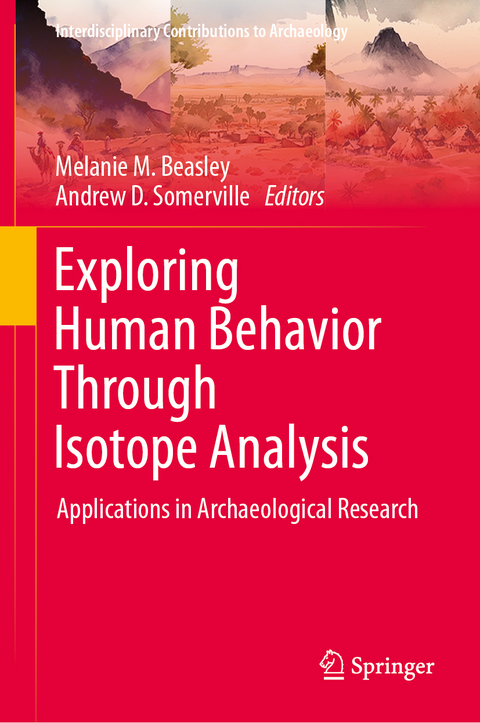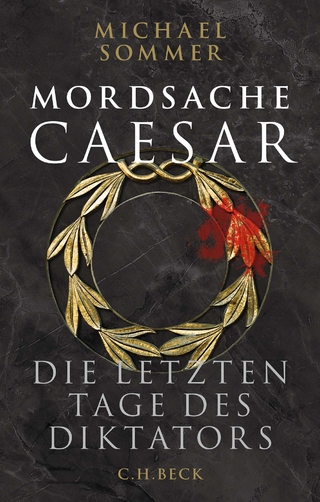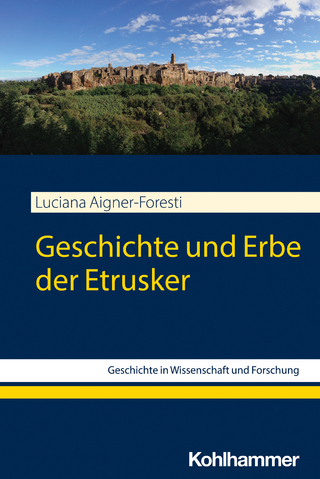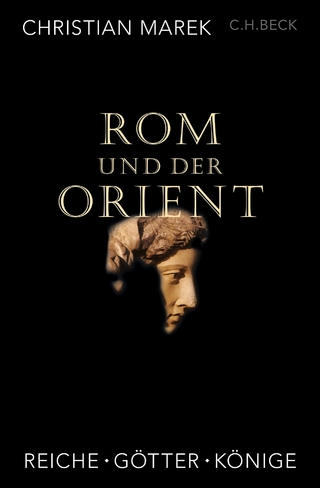
Exploring Human Behavior Through Isotope Analysis
Springer International Publishing (Verlag)
978-3-031-32266-2 (ISBN)
This edited volume compiles a series of chapters written by experts of isotopic analysis in order to highlight the utility of various isotope systems in the reconstruction of past human behaviors. Rather than grouping contributions by specific isotopes or analytical techniques, as many isotope review articles are arranged, the volume organizes chapters by broadly defined themes of archaeological research. These include: paleodiet and life histories, human-animal interactions, and migration and mobility. In this sense, the book is arranged with the intent of being as much question based as method based.
Chapters under these themes provide background information on the principles of the techniques and on the theoretical underpinnings of the research; yet they are written with the non-specialist in mind and attempt to convey these ideas clearly and succinctly. In addition to the case studies and reviews, three chapters provide greater context to the field of isotopicarchaeology, discussing its history, basic principles, and future potential. The volume aims to serve as a reference source for students and practicing archaeologists seeking to apply isotopic studies to their own research projects or to act as a reader for courses in archaeological science.
Chapter 6 is available open access under a Creative Commons Attribution 4.0 International License via link.springer.com.
lt;b> Melanie M. Beasley received her MA in Anthropology from California State University-Chico with a project using stable carbon and nitrogen isotopes to test models of resource depression and expanding diet breadth of Ohlone populations in Central California. She went on to receive her PhD in Anthropology with an emphasis in Anthropogeny from the University of California-San Diego and was then a Haslam Postdoctoral Fellow at the Forensic Anthropology Center at the University of Tennessee-Knoxville. In both her PhD and postdoctoral research, she continued to be interested in how isotopes can be used as a tool to investigate past human behavior, shape our evolutionary trajectory, and be used to address the grand challenges facing humanity today. She is currently an Assistant Professor in the Department of Anthropology at Purdue University and is Director of the BioAnth Isotope Ecology Research Laboratory (BIER Lab).
Andrew D. Somerville received his MA and PhD in Anthropology at the University of California-San Diego. He spent a year in Mexico City as a UC MEXUS Postdoctoral Research Fellow at the Universidad Nacional Autónoma de México. His research focuses on the archaeology and ecology of the ancient Americas. He is the co-director of excavations for the Proyecto Hacienda Metepec at the ancient Mexican metropolis of Teotihuacan and is leading new research on the origins of agriculture in the Tehuacan Valley of Puebla, Mexico. Currently, he is an Assistant Professor of Anthropology in the Department of World Languages and Cultures at Iowa State University where he directs the Paleoecology Laboratory and is a faculty member of the Ecology and Evolutionary Biology interdisciplinary PhD program.
Preface.- Part I: History and Introduction.- Chapter 1. Stable Isotope Analyses and Human Behavior: A Science Driven by Ideas and Tools (Margaret J. Schoeninger).- Chapter 2. Exploring Human Behavior through Isotopic Analyses: Tools, Scales, and Questions (Andrew D. Somerville and Melanie M. Beasley).- Part II: Paleodiet and Life History.- Chapter 3. Stable Isotope Evidence for Breastfeeding and Weaning Variables in Past Populations: Infant and Child Feeding in Ancient Siberian Foragers (Andrea L. Waters-Rist).- Chapter 4. Human Paleodiet on Tutuila Island, American Samoa: Isotopic Evidence of Dietary Continuity through the Medieval Warm Period-Little Ice Age Transition (Eric J. Bartelink, Phillip R. Johnson, Olaf Nehlich, Benjamin T. Fuller, and Michael P. Richards).- Chapter 5. Multi-Isotopic Evidence for Prehispanic Maya use of Multiple Subsistence Catchments at Caledonia, Cayo District, Belize (Asta J. Rand).- Chapter 6. The Potential of Dental Calculus as a Novel Source of Biological Isotopic Data (Domingo C. Salazar-García, Christina Warinner, Jelmer W. Eerkens, Amanda G. Henry).- Part III: Human-Animal Interactions.- Chapter 7. Isotopes, Domestication, and Past Animal Husbandry Practices: A Review of the Formative Studies (Rebecca L. Kinaston).- Chapter 8. Human-Animal Interactions in the Pre-Colonial Americas: Insights from Stable Carbon Isotope Analysis (Andrew D. Somerville).- Chapter 9. Reassessing the Abandonment of Pig Husbandry in Post-Viking Iceland: an Isotopic Approach (Eric Guiry, Céline Dupont-Hébert and Vaughan Grimes).- Chapter 10. Ratting out the Past: Investigating Anthropogenic Landscapes in Polynesia through Stable Isotope Analysis of the Pacific Rat (Rattus exulans) (Jillian A. Swift).- Part IV: Mobility of Humans.- Chapter 11. Migration and Paleomobility in the Face of Environmental Change and Political Collapse: Case Studies from San Pedro de Atacama, Northern Chile (Kelly J. Knudson and Christina M. Torres).- Chapter 12: Isotopic Investigation of Tiwanaku Mobility During the Middle Horizon: Preliminary Data from the Site of Piñami in the Cochabamba Valley of Bolivia (Cristin A. Lucas, Corina M. Kellner, Frank C. Ramos, Karen Anderson, and Zulema Terceros).- Part V: Future Directions.- Chapter 13: Epilogue: Stable Isotope Analysis in Archaeology: Current Perspectives and Future Directions (Paul Szpak).
| Erscheinungsdatum | 25.06.2023 |
|---|---|
| Reihe/Serie | Interdisciplinary Contributions to Archaeology |
| Zusatzinfo | XIII, 303 p. 1 illus. |
| Verlagsort | Cham |
| Sprache | englisch |
| Maße | 155 x 235 mm |
| Gewicht | 601 g |
| Themenwelt | Geisteswissenschaften ► Archäologie |
| Geschichte ► Allgemeine Geschichte ► Altertum / Antike | |
| Schlagworte | Advancements in stable isotope research • Diet and health determinations through isotope analysis • Human mobility and isotope ratios • Isotopic reconstruction of human behavior • Studying human behavior through isotopic analysis • Understanding human-animal relations through isotope systems • Use of strontium isotope analysis in island environments • Utility of faunal bones in reconstructing paleoenvironments |
| ISBN-10 | 3-031-32266-5 / 3031322665 |
| ISBN-13 | 978-3-031-32266-2 / 9783031322662 |
| Zustand | Neuware |
| Informationen gemäß Produktsicherheitsverordnung (GPSR) | |
| Haben Sie eine Frage zum Produkt? |
aus dem Bereich


